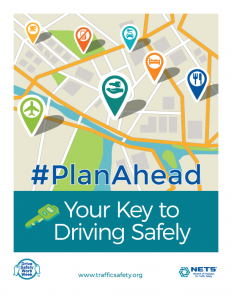Nanomaterials: a new construction hazard
 Construction workers exposed to some types of nanomaterials may suffer lung injuries and other respiratory illnesses. For example, recent lab tests on rodents have demonstrated that unprotected respiratory exposure to carbon nanotubes (CNTs) can cause lung problems similar to those related to exposure to asbestos. Because nanomaterials are relatively new, their risks are not well understood. Nanomaterials are present in many construction products such as coatings, lubricants, cements, adhesives, insulation and patching compounds.So far exposure to these products is not regulated and manufacturers have no obligation to indicate that their products contains nano-particules.
Construction workers exposed to some types of nanomaterials may suffer lung injuries and other respiratory illnesses. For example, recent lab tests on rodents have demonstrated that unprotected respiratory exposure to carbon nanotubes (CNTs) can cause lung problems similar to those related to exposure to asbestos. Because nanomaterials are relatively new, their risks are not well understood. Nanomaterials are present in many construction products such as coatings, lubricants, cements, adhesives, insulation and patching compounds.So far exposure to these products is not regulated and manufacturers have no obligation to indicate that their products contains nano-particules.
The Center for Construction Research and Training (CPWR) is taking this new construction hazard very seriously and has created a database (http://www.nano.elcosh.org/) that features over 450 products that can be nano-enabled. The CPWR also recommends that construction workers use dust collection systems and wear a respiratory mask to protect themselves from construction injuries related to nanomaterials.
For more info download the PDF from the CPWR on nanomaterials
 New York Personal Injury Attorneys Blog
New York Personal Injury Attorneys Blog










